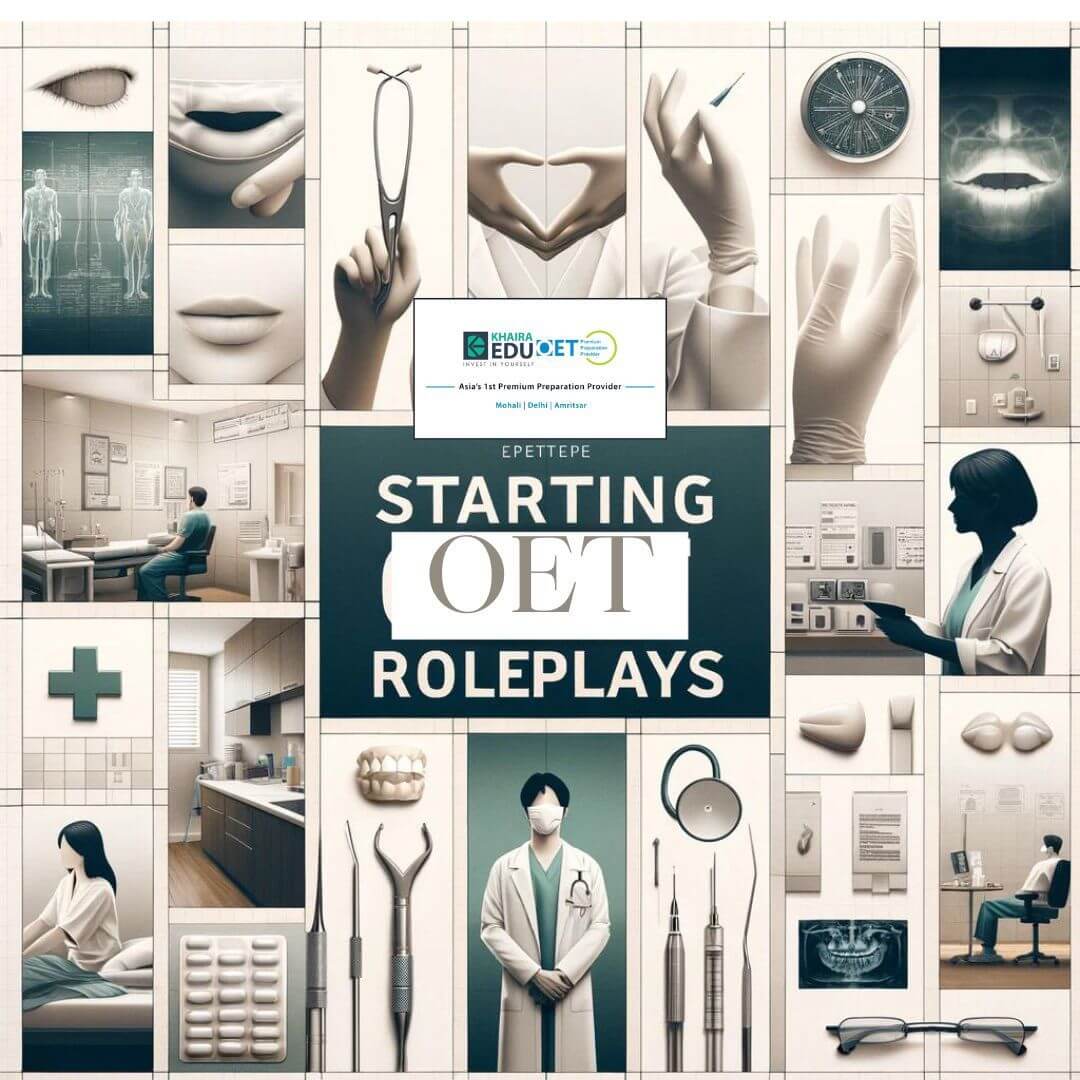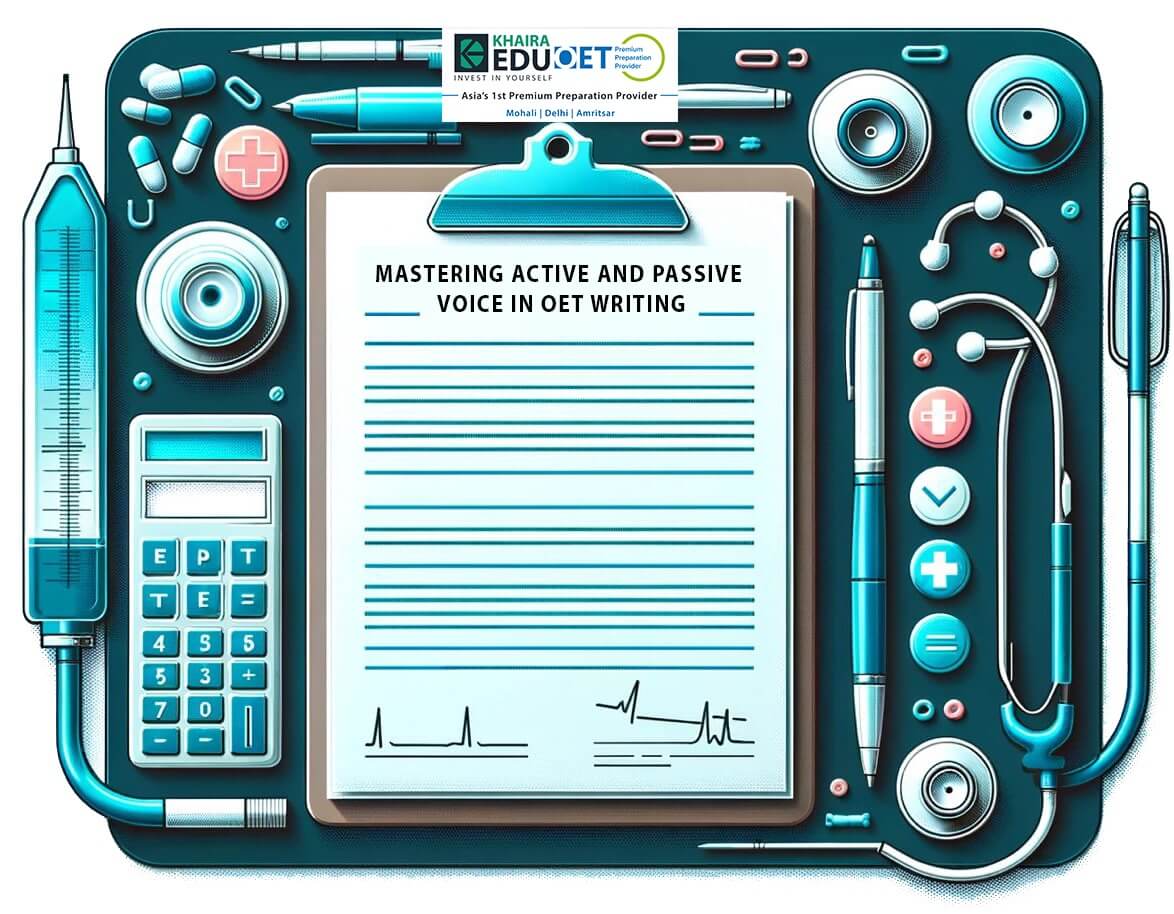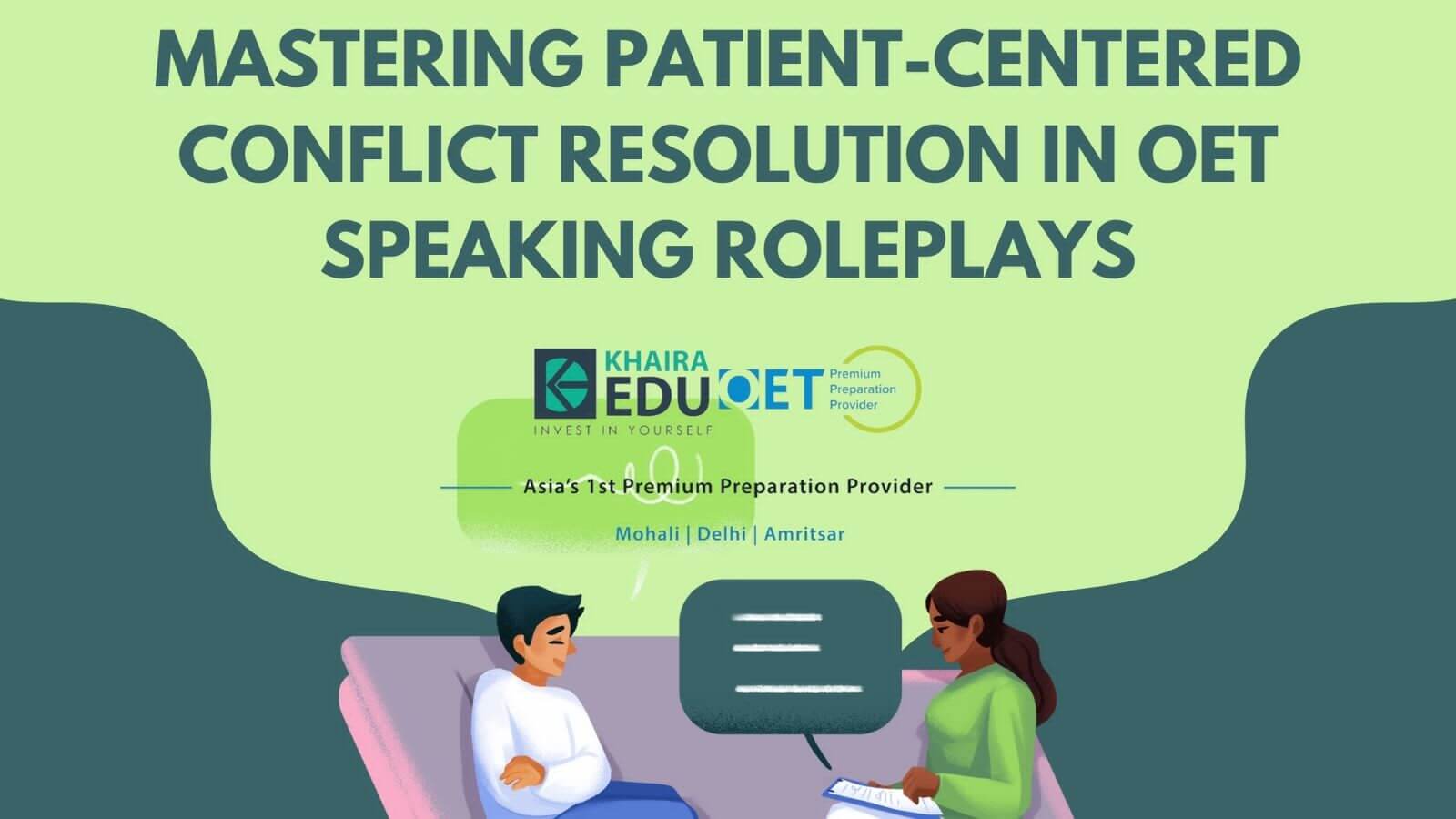For healthcare professionals aiming to ace the Occupational English Test, mastering OET Reading Part C is a pivotal step. This section doesn’t just test your comprehension of written English; it dives deeper, evaluating your ability to infer the author’s meaning—a skill that’s crucial both in the exam and your professional life. It’s essential for OET candidates to master this skill to distinguish between an objective presentation of facts and a subjective interpretation influenced by personal beliefs or established viewpoints.
Let’s embark on a journey to understand what it entails, why it’s essential, and how you can sharpen this skill to excel in Reading Part C and beyond.
OET READING Tips for PART C
Authors, especially in healthcare texts, aim to persuade or influence readers while allowing them to feel they’re forming their opinions independently. They achieve this through strategic language choices, selecting vocabulary that leans towards the perspectives they endorse. Understanding these nuances enables readers to critically evaluate the content, a crucial ability in healthcare where the interpretation of research findings and professional recommendations can significantly impact patient care.
How To Prepare For OET Reading Part C
Adjectives and adverbs are tell-tale signs of an author’s stance. Even unfamiliar words can be decoded using context clues, helping you gauge whether the sentiment is positive, negative, or neutral. For example, describing a medical procedure as “innovative” suggests approval, while “controversial” signals potential scepticism or debate.
Persuasive language aims to convince the reader of a particular viewpoint or action. For example, in an article advocating for a new pharmaceutical drug, you might encounter phrases like “ground-breaking results” or “unprecedented success rates.” These terms are designed to generate enthusiasm and confidence in the product. Let’s consider another example: An author might describe a new therapy as “a leading-edge treatment offering unparalleled benefits.” This phrase is laden with positive connotations, suggesting the author’s favourable stance toward the therapy. In contrast, consider the following sentence:
While Healix-T has been hailed as a step forward, its exorbitant cost and lack of accessibility place it out of reach for the majority of patients who need it most.
The author’s focus on “exorbitant cost and lack of accessibility” indicates a critical perspective on the drug’s practicality and equity.
Let us look at another example:
“Unlike its predecessors, Healix-T has not demonstrated a significant improvement in patient outcomes, raising questions about its clinical value.”
By comparing the drug unfavourably to previous treatments and questioning its “clinical value,” the author conveys a negative opinion about its effectiveness.
Now, look at the following sentence and discern the attitude of the author – Is the author disappointed or impressed here?
The initial excitement over Healix-T has been tempered by the subsequent reports of its limited action against more aggressive symptoms.
The correct answer is: disappointed. The phrase “tempered by” implies a let-down or disappointment, reflecting a shift from positive to negative sentiment.
Try again with this example:
Healix-T offers a marginal benefit at best, hardly justifying the fanfare surrounding its release.
The author here describes the the benefit as “marginal” and the response “hardly justifying the fanfare” minimizes the drug’s positive aspects and portrays the response as excessive, revealing the author’s negative stance.
Let’s imagine we’re analysing a healthcare research article about a new diabetes medication. Consider how the following statements might reflect the author’s attitude:
Patients who switched to Metacure experienced a remarkable reduction in HbA1c levels.
The use of “remarkable” here serves to convince the reader of the drug’s efficacy.
While proponents of Metacure tout its benefits, they conveniently overlook its steep cost.
The phrase “conveniently overlook” suggests a critical stance towards those promoting the drug, highlighting an aspect they may be downplaying.
Let us now try to attempt a OET Reading Part C type of question:
Consider a text discussing a novel treatment for a chronic condition:
While the latest regimen for Chronic Condition Z has been met with enthusiasm in some quarters, others caution against its widespread adoption without further long-term studies.
Questions for Practice:
What is the author’s attitude toward the adoption of the new regimen for Chronic Condition Z?
A. Fully supportive of immediate widespread adoption.
B. Optimistic but recognizes the need for caution.
C. Doubtful of its effectiveness.
D. Neutral, merely presenting different viewpoints.
The phrase “met with enthusiasm in some quarters” implies:
A. The treatment is universally accepted.
B. There is a division in the medical community’s reception of the treatment.
C. The treatment is revolutionary and without drawbacks.
D. The medical community is cautiously optimistic about the treatment.
Don’t forget to consider the cumulative message across sentences and paragraphs. What perspective is the author advocating for? How does each sentence contribute to building this viewpoint? The OET Reading Part C exam questions themselves can guide you, using verbs like “suggest,””illustrate,” or “highlight”. These indicate the need to delve deeper into the text’s implied meanings.
By practicing these OET Reading strategies, you can enhance your ability to discern the subtle cues authors use to express their attitudes and opinions, a competency that will serve you well in the OET and your professional interactions within the healthcare field.
For more insights and strategies to tackle OET Reading, OET Study Materials and OET Sample tests and OET tips, keep exploring our blogs on this website. Khaira Education provides best OET coaching and our goal is to empower you with the knowledge and skills to succeed in your OET journey and beyond in your healthcare career.












